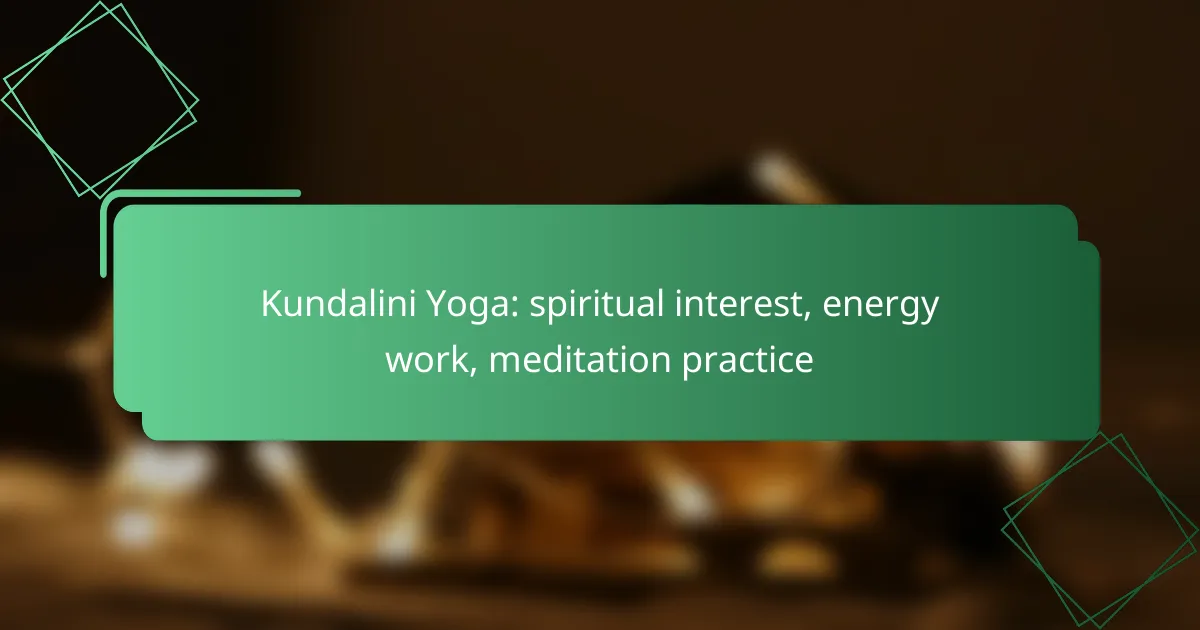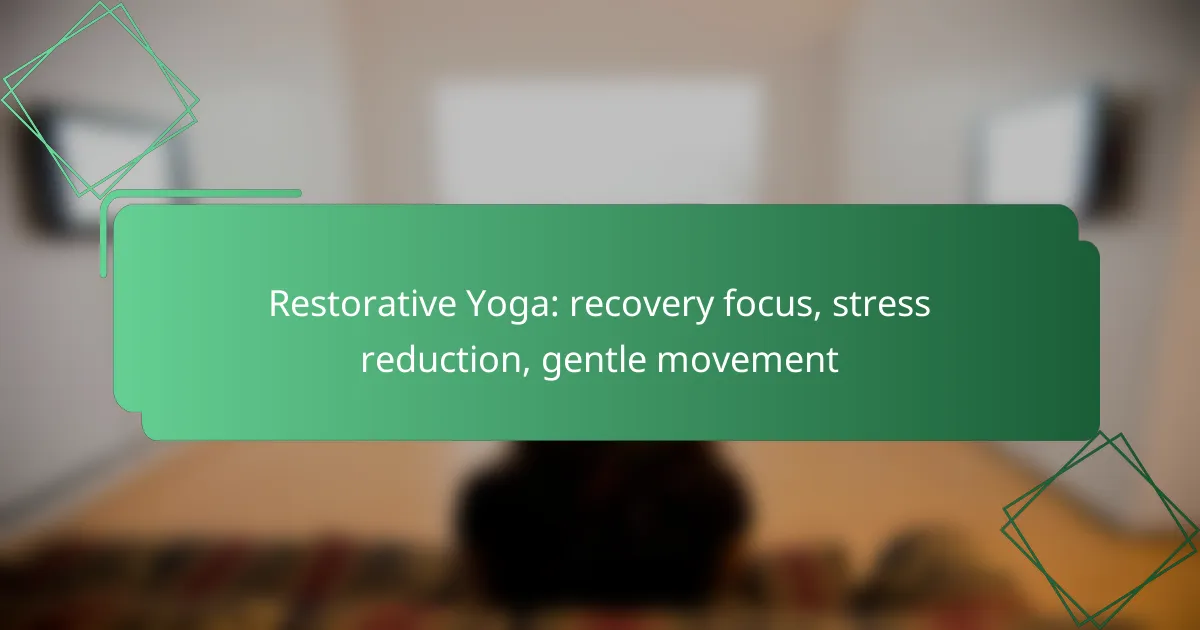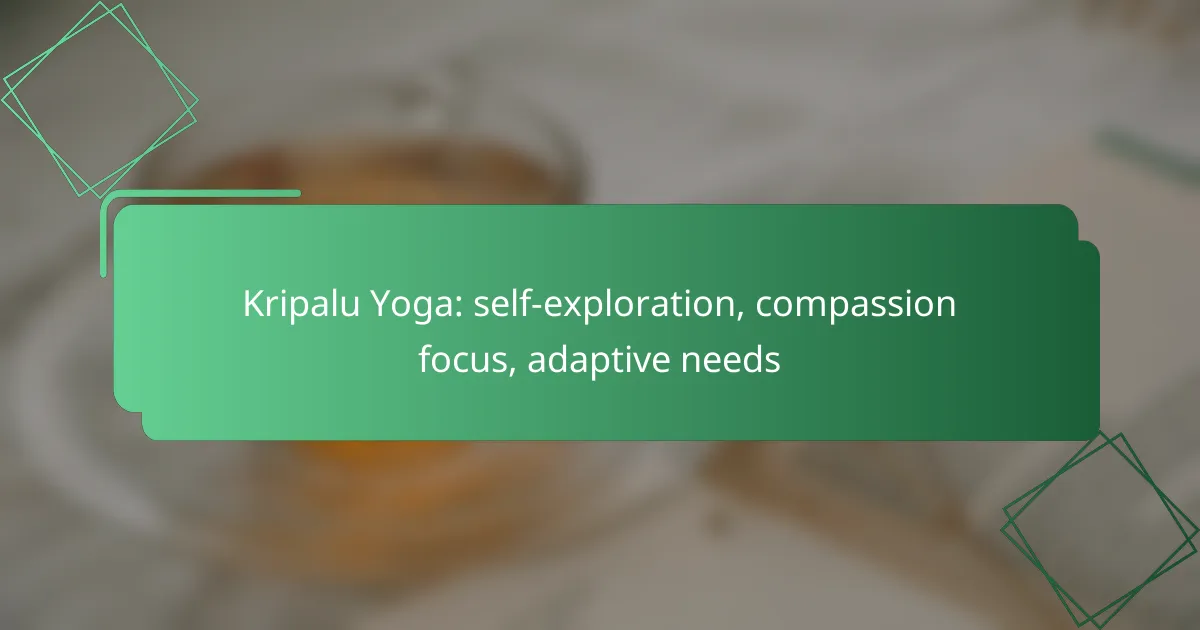Power Yoga is a dynamic and invigorating practice designed to help you achieve your fitness goals, including enhanced strength, flexibility, and overall health. By focusing on engaging multiple muscle groups through continuous movement and breath control, it not only builds physical strength but also boosts energy levels, making each session a high-energy workout experience.
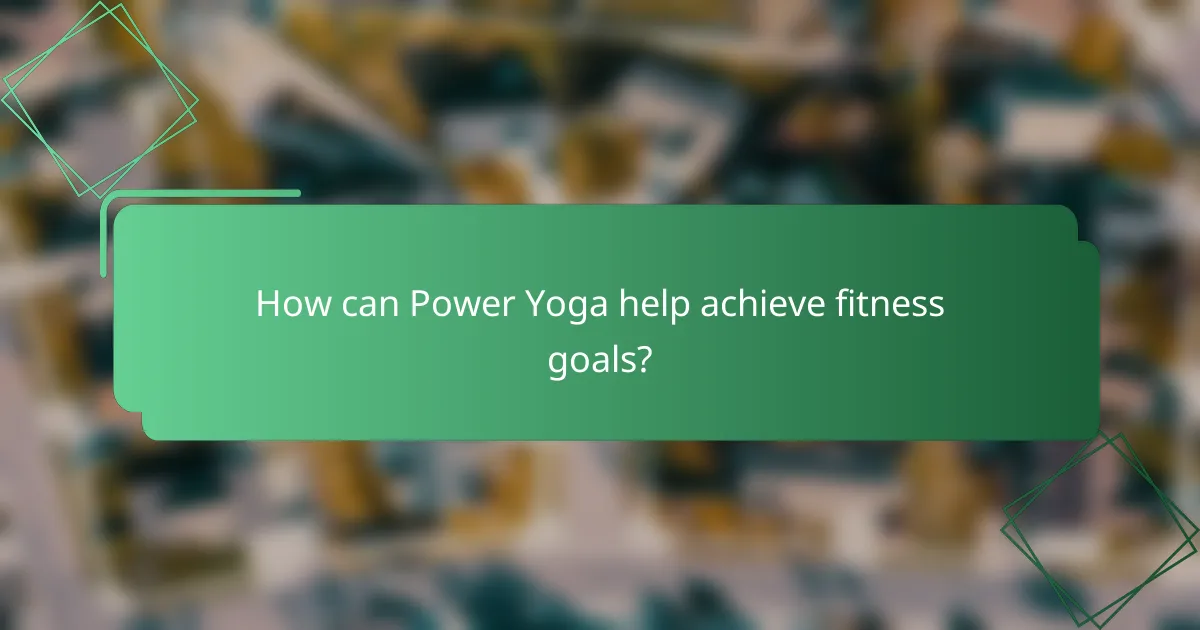
How can Power Yoga help achieve fitness goals?
Power Yoga is an effective practice for achieving various fitness goals, including improved strength, flexibility, and overall health. By incorporating dynamic movements and breath control, it enhances physical performance and mental focus.
Improves flexibility
Power Yoga significantly enhances flexibility by encouraging a wide range of motion through various poses. Regular practice can help lengthen muscles and improve joint mobility, making everyday activities easier and reducing the risk of injury.
To maximize flexibility gains, focus on poses that stretch major muscle groups, such as downward dog, pigeon pose, and forward bends. Aim for at least two to three sessions per week to see noticeable improvements.
Enhances cardiovascular health
Power Yoga elevates the heart rate, providing a cardiovascular workout that can improve heart health. The combination of flowing movements and breath control helps to increase circulation and oxygen flow throughout the body.
To enhance cardiovascular benefits, practice Power Yoga in a heated environment or incorporate faster-paced sequences. This approach can elevate your heart rate, contributing to better endurance and overall fitness.
Increases muscle strength
Power Yoga builds muscle strength by utilizing body weight in various poses, targeting multiple muscle groups simultaneously. This form of yoga emphasizes core strength, which is essential for overall stability and balance.
Incorporate poses like plank, warrior series, and chair pose to effectively strengthen muscles. Practicing Power Yoga three to four times a week can lead to noticeable improvements in muscle tone and endurance.
Boosts mental clarity
Power Yoga promotes mental clarity by combining physical movement with focused breathing and mindfulness. This practice helps reduce stress and anxiety, leading to improved concentration and cognitive function.
To enhance mental clarity, incorporate meditation techniques and breathwork into your sessions. Even a few minutes of focused breathing at the end of your practice can significantly improve mental sharpness and emotional well-being.
Promotes weight loss
Power Yoga can aid in weight loss by increasing calorie expenditure through its vigorous movements and sustained poses. The intensity of the practice helps to burn fat while building lean muscle mass.
For effective weight loss, aim for at least four to five Power Yoga sessions each week, combined with a balanced diet. Staying consistent with your practice and monitoring your nutrition can lead to sustainable results over time.
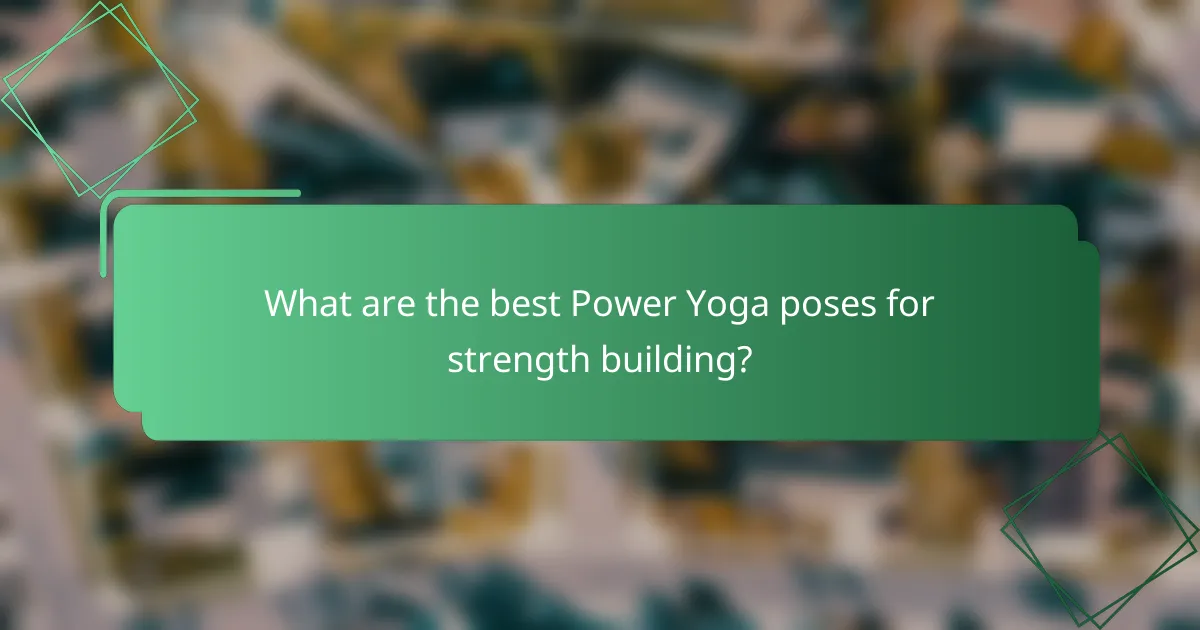
What are the best Power Yoga poses for strength building?
The best Power Yoga poses for strength building focus on engaging multiple muscle groups, enhancing stability, and improving overall body strength. Incorporating these poses into your routine can help develop core strength, increase endurance, and promote a high-energy workout experience.
Warrior II pose
Warrior II pose is excellent for building strength in the legs, core, and upper body. To perform this pose, stand with your feet wide apart, turn one foot out, and bend that knee while keeping the other leg straight. Extend your arms parallel to the ground, gazing over the front hand to enhance focus and stability.
Key considerations include maintaining proper alignment in your knee and ankle, ensuring your back leg is strong and straight, and engaging your core throughout the pose. Hold for several breaths, gradually increasing the duration as your strength improves.
Plank pose
Plank pose is a foundational strength-building posture that targets the core, shoulders, and arms. Start in a push-up position with your hands directly under your shoulders and your body in a straight line from head to heels. Engage your core and hold this position while breathing steadily.
To maximize effectiveness, avoid sagging your hips or arching your back. Aim to hold the plank for at least 30 seconds, gradually increasing the time as your strength develops. Incorporating variations, such as side planks, can further enhance core stability.
Crow pose
Crow pose is a challenging arm balance that builds strength in the arms, wrists, and core. Begin in a squat position, place your hands on the ground, and shift your weight forward onto your arms while lifting your feet off the floor. Keep your gaze forward to maintain balance.
Focus on engaging your core and maintaining a strong grip with your hands. Start with short holds and gradually increase the duration as you gain confidence and strength. This pose also enhances focus and concentration, making it a great addition to your routine.
Chair pose
Chair pose is effective for strengthening the legs, back, and core. Stand with your feet together, bend your knees as if sitting in an imaginary chair, and raise your arms overhead. Keep your chest lifted and your weight centered over your heels.
To deepen the pose, ensure your knees do not extend past your toes and maintain a straight back. Hold for several breaths, aiming for 30 seconds or more as your strength increases. This pose not only builds strength but also improves endurance and stability.
Downward-facing dog
Downward-facing dog is a versatile pose that strengthens the entire body, particularly the arms, shoulders, and legs. Start on your hands and knees, tuck your toes, and lift your hips up and back, forming an inverted V-shape. Press your heels toward the ground while keeping your spine long.
Focus on engaging your core and maintaining a steady breath. Hold this pose for 1-3 minutes, gradually increasing the duration as you build strength and flexibility. This pose also serves as a great transition between other power yoga poses, enhancing overall flow and energy.

How does Power Yoga provide high energy levels?
Power Yoga boosts energy levels through dynamic movements and breath control, enhancing physical and mental vitality. This practice combines strength-building poses with continuous flow, promoting an invigorating workout that elevates your overall energy.
Increases stamina
Power Yoga is designed to build endurance by engaging multiple muscle groups in a continuous flow. This sustained activity helps improve cardiovascular fitness, allowing practitioners to perform physical tasks with less fatigue over time. Regular practice can lead to noticeable increases in stamina, making daily activities feel easier.
To maximize stamina gains, aim for sessions lasting 45 to 90 minutes, incorporating a variety of poses that challenge your strength and balance. Gradually increase the intensity and duration of your workouts to push your limits safely.
Enhances oxygen flow
Power Yoga enhances oxygen flow through coordinated breathing techniques, known as pranayama, which are integral to the practice. Deep, rhythmic breathing increases lung capacity and oxygen intake, fueling muscles during workouts and improving overall performance.
Focus on inhaling deeply through the nose and exhaling fully through the mouth during poses. This practice not only boosts energy levels but also aids in recovery, helping to clear out toxins and reduce muscle soreness.
Reduces stress
Power Yoga effectively reduces stress by promoting mindfulness and relaxation through movement and breath. The combination of physical exertion and mental focus helps to lower cortisol levels, leading to a calmer, more energized state of mind.
Incorporate restorative poses at the end of your session to enhance relaxation. Techniques such as savasana (corpse pose) or child’s pose can further alleviate tension and improve your overall sense of well-being, contributing to sustained energy throughout the day.
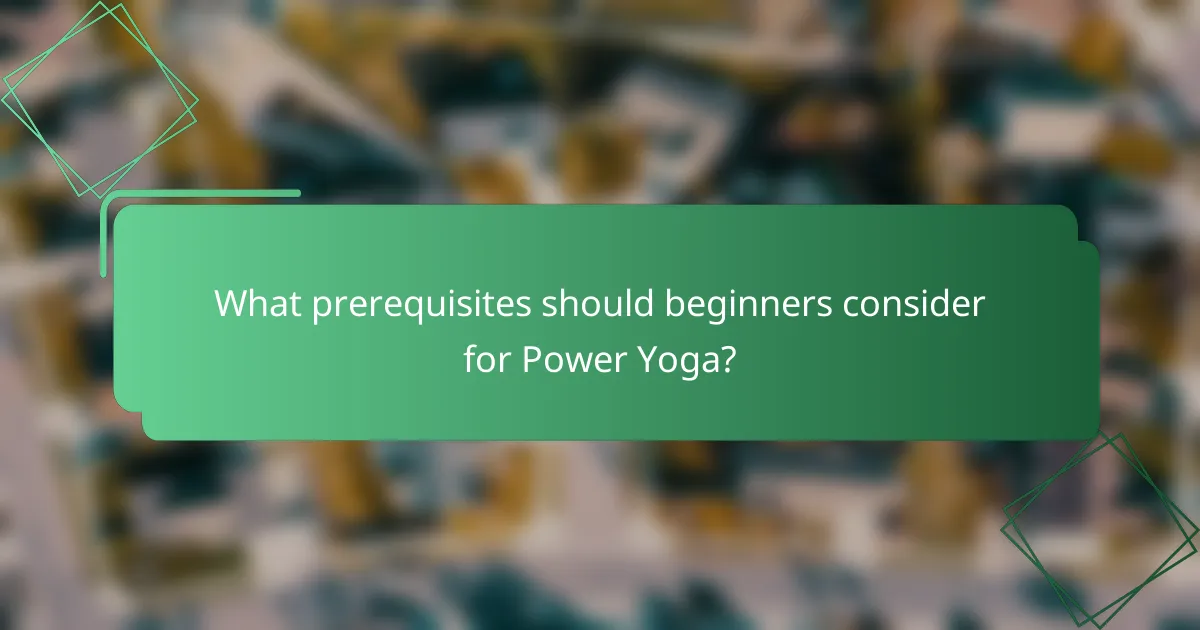
What prerequisites should beginners consider for Power Yoga?
Beginners should consider their basic fitness level and understanding of yoga fundamentals before starting Power Yoga. These factors will help ensure a safe and effective practice that aligns with individual capabilities and goals.
Basic fitness level
A moderate level of fitness is beneficial for engaging in Power Yoga, as it involves dynamic movements and strength-building poses. Beginners should assess their cardiovascular endurance, flexibility, and overall strength to determine readiness. If you’re new to exercise, starting with gentler yoga styles or basic fitness routines may be advisable.
It’s helpful to have a basic understanding of your body’s limits. If you experience discomfort or fatigue during practice, consider modifying poses or taking breaks. Gradually increasing intensity will lead to better results and reduce the risk of injury.
Understanding of yoga fundamentals
Having a grasp of basic yoga principles, such as alignment and breath control, is essential for Power Yoga. Familiarity with foundational poses like Downward Dog and Warrior can enhance your practice and help you transition smoothly into more advanced movements. Consider attending a few introductory classes to build this knowledge.
Additionally, understanding the importance of breath in yoga can significantly impact your performance. Practicing pranayama, or breath control techniques, can improve your stamina and focus during Power Yoga sessions. Aim to integrate breath with movement to maximize the benefits of your practice.
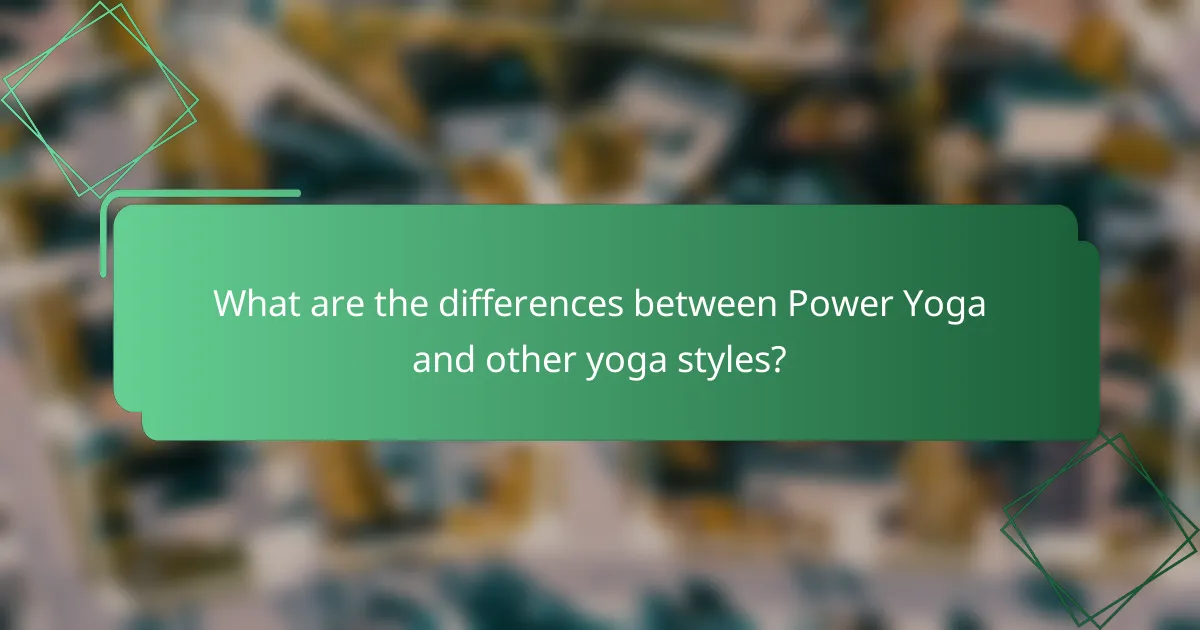
What are the differences between Power Yoga and other yoga styles?
Power Yoga is distinct from other yoga styles primarily due to its emphasis on strength and dynamic movement. Unlike more traditional forms, it focuses on building physical fitness and endurance through vigorous sequences.
More intense than Hatha yoga
Power Yoga is significantly more intense than Hatha yoga, which is generally slower-paced and focuses on gentle stretching and relaxation. In Power Yoga, practitioners engage in a more vigorous practice that can elevate heart rates and build muscle strength.
This intensity often includes a variety of challenging poses and transitions that require both physical stamina and mental focus. As a result, those looking for a workout that combines flexibility with strength may find Power Yoga more appealing than Hatha.
Focus on strength vs. relaxation
The primary focus of Power Yoga is on developing strength and endurance, contrasting with other styles that prioritize relaxation and mindfulness. In Power Yoga, poses are often held for shorter durations, promoting muscle engagement and cardiovascular fitness.
While relaxation is still a component, it takes a backseat to the physical challenges presented in each session. This makes Power Yoga suitable for individuals aiming to enhance their physical fitness rather than solely seeking stress relief.
Dynamic sequences vs. static poses
Power Yoga incorporates dynamic sequences that flow from one pose to another, creating a continuous movement that keeps the heart rate elevated. This is a key difference from styles like Iyengar or Hatha, where poses are typically held for longer periods and focus on alignment.
The dynamic nature of Power Yoga not only builds strength but also improves flexibility and coordination. Practitioners can expect to transition quickly between poses, making it a more energetic and engaging workout experience.







